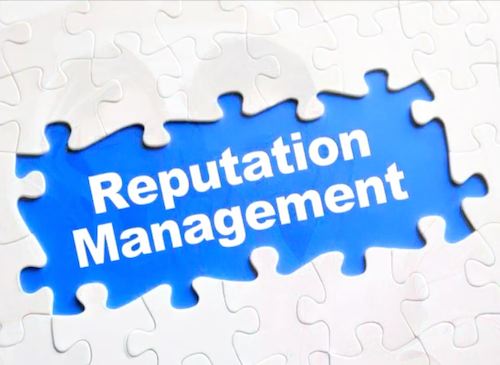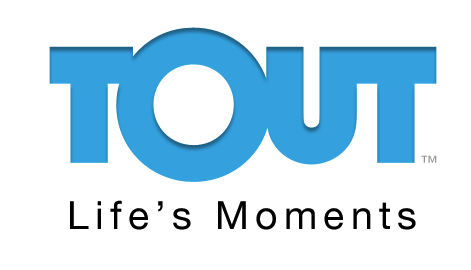
Managing your reputation via social media
February 2, 2015
We have an audience and they are watching us. This should come at no surprise since we have access to viewing who and how many individuals are connected to us on each of the different social networking platforms. So, when we make a mistake there are undoubtedly several pairs of eyes taking notice.
This is not the Olympics. We are not gymnasts. We cannot explain why we fell off the parallel bars of the web with a simple, “It just got away from me.” Brands, and individuals, are expected to operate at near perfection one hundred percent of the time.
When our hands are unable to grip the bar or our feet cannot find the floor to stick the landing, we can all end up in hot water.
Let’s consider the case of former PayPal executive Rakesh “Rocky” Agrawal. As the story goes, Agrawal sent in his resignation letter on May 2, 2014. On that same evening, he took to Twitter to voice his opinion on some of his co-workers after a few drinks.
Later the next day Agrawal deleted the tweets from his rant and apologized to the individuals saying that they were meant to be private messages and blamed their incorrect placement on the phone that he was using.
That afternoon PayPal responded to the incident with the following comment:
“Rakesh Agrawal is no longer with the company. Treat everyone with respect. No excuses. PayPal has zero tolerance.”
This story gets even more sticky.
Even after the above incident, Agrawal continued to mention PayPal personnel–this time in a positive light. PayPal President, David Marcus issued an open letter to Agrawal (you can read the full thing here.) The highlights of this letter include Marcus urging Agrawal’s friends to reach out to him since his behavior has been worrisome and that PayPal will no longer tolerate his rants.
Would you be surprised if I told you that Agrawal’s tweets continued after the open letter?
Talk about an ugly situation.
Agrawal’s messages made him seem unstable with airing his opinions and dirty laundry for the public to view. While PayPal’s first tweet should have been sent out much quicker, I believe their overall message was constructive and showed the company in a positive light. Furthermore, the more Agrawal complained, the more he painted his picture with less than reasonable reactions. PayPal’s follow up open letter addressed the concerns of mental illness and the importance of friends and family supporting the individual who was exhibiting worrisome behavior.
The outcome shows that Agrawal truly shattered his own reputation through his actions on social media and that PayPal handled the situation with dignity and sparred their name being trampled through the mud.
My only concern, as I mentioned previously, is that PayPal should have had a more timely response. Timing is everything on social media, so if I was managing their account, I would have ensured that the brand put out a statement several hours prior so it did not look like we were avoiding the situation or hoping that it would just disappear. Since this drama was public, I felt that it was very appropriate for David Marcus to address the situation–especially since he was named in Agrawal’s tweets and holds a high position within the company.
[divider solid]
Tags: brand, business, management, PayPal, personal, reputation, social media




Megan, I love the connection you make to the Olympics! You’re so right! We have to take ownership of our mistakes, and it must be truly meaningful. To simply offer an explanation that outside elements got in the way or that we were just off our game for a second isn’t enough. Audiences don’t just expect that companies own up to their mess-ups, but they DEMAND it. So, we have to get used to saying “I’m sorry…. Here’s why it happened…. We feel terrible…. It won’t happen again because we’re doing the following…..” Then we need to actually take some ACTION to counteract the wrong-doing.
In regards to the PayPal incident, did Agrawal ever address his own actions? Did he try to do anything to fix his reputation? You’re right, if PayPal had responded sooner, it may have made things even better. I think it’s very clever of the brand to reach out to his FRIENDS for support. This shows that the company is doing all it can to help control the situation but that the other person is at fault and out of hand.
Great post! 🙂
Hey Angela,
Thank you so much! It really is true with what you said: audiences demand to know WHY a problem happened and HOW a company plans to fix it. Years ago, we would have probably never learned about the outcome of a situation (mainly because these platforms were not developed too long ago) with a rogue employee posting on a blog or taking an ad out in the local paper because there was not such an emphasis put on it unlike how social media has really called this type of behavior to the forefront. Did disgruntled employees take out ads in the paper!? I do not even know the answer to that. I think this has allowed the way we behave to actually change. If we think somebody has done something wrong, we want the entire world to know about it. We also now expect companies to apologize and we want to see the public statements. Then, we place judgement. Was that a good enough call? Should the company have really done more?
Through the different articles I read, I never actually saw if Agrawal truly felt that what he did was wrong. It is my understanding that perhaps he felt that people will misconstruing his cryptic messages–but I do believe he was being cryptic for attention. I think he was enjoying the spotlight and that is why he began sharing everything that he was doing with the Twitter world. To me, it also sounds like he was frustrated that PayPal was not going to allow his ideas to come to fruition and this was his way of taking it out on them rather than bowing out quietly and using his creative talents elsewhere.